
If you’re looking for some passive, natural ways to improve your home’s indoor air, one way to do it is with house plants. There are numerous indoor plants known for the ability to improve air quality. At best, these plants can remove toxins from the air and increase oxygen levels, which can help to improve overall indoor air quality. Here are 8 of the best plants to improve indoor air quality:
1. Snake Plant (Sansevieria)
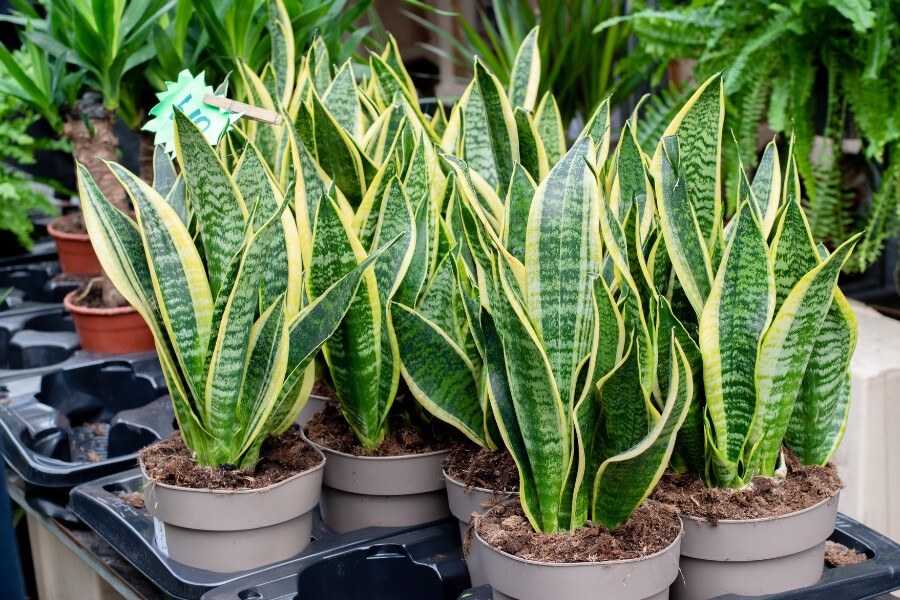
Also known as the mother-in-law’s tongue, this plant is one of a popular choice for improving indoor air quality. It removes toxins such as formaldehyde, trichloroethylene, and benzene from the air. It also converts carbon dioxide into oxygen at night, which is quite unique among plants.
2. Spider Plant (Chlorophytum comosum)
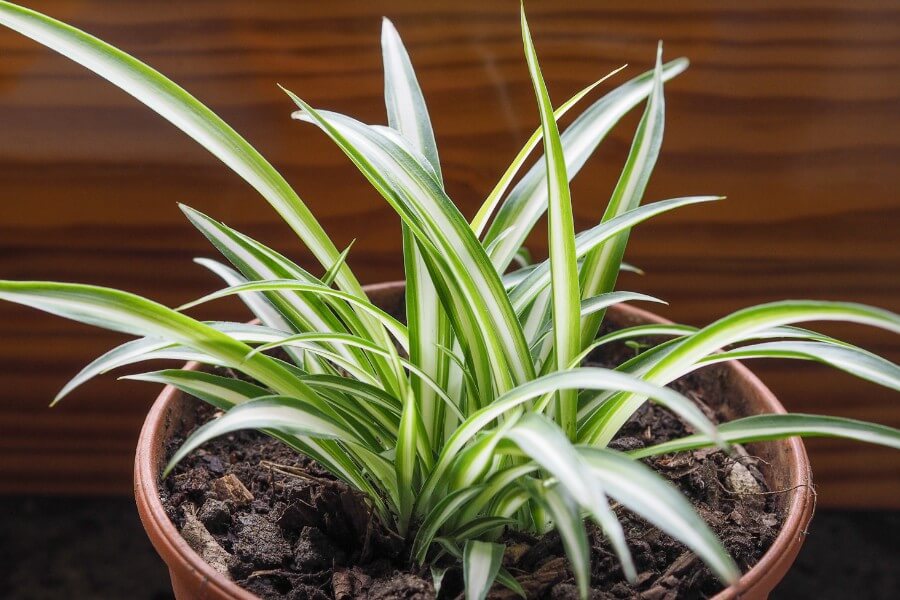
The spider plant is excellent at removing formaldehyde and VOCs (volatile organic compounds) such as xylene from the air. It’s also non-toxic, making it a great choice for homes with pets or children.
3. Peace Lily (Spathiphyllum)

The peace lily removes a variety of toxins and VOCs, including benzene, trichloroethylene, and formaldehyde. It’s also a plant with great symbolic meaning, often given as a gift or planted around holidays. However, keep in mind that this plant can be toxic to pets and children if ingested.
4. English Ivy (Hedera helix)

English ivy is great at filtering out formaldehyde. It’s also been shown to reduce airborne mold and fecal-matter particles, which can be particularly beneficial for those with allergies.
5. Rubber Plant (Ficus elastica)
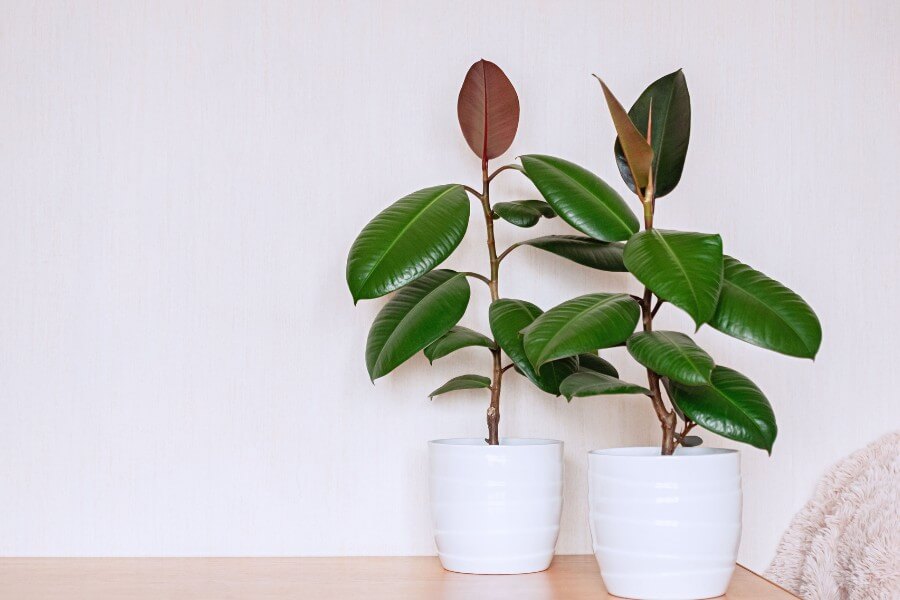
The rubber plant is a hardy, relatively low maintenance plant that requires partial light and provides great aesthetic appeal in homes. It is effective at removing formaldehyde from the air.
6. Boston Fern (Nephrolepis exaltata)
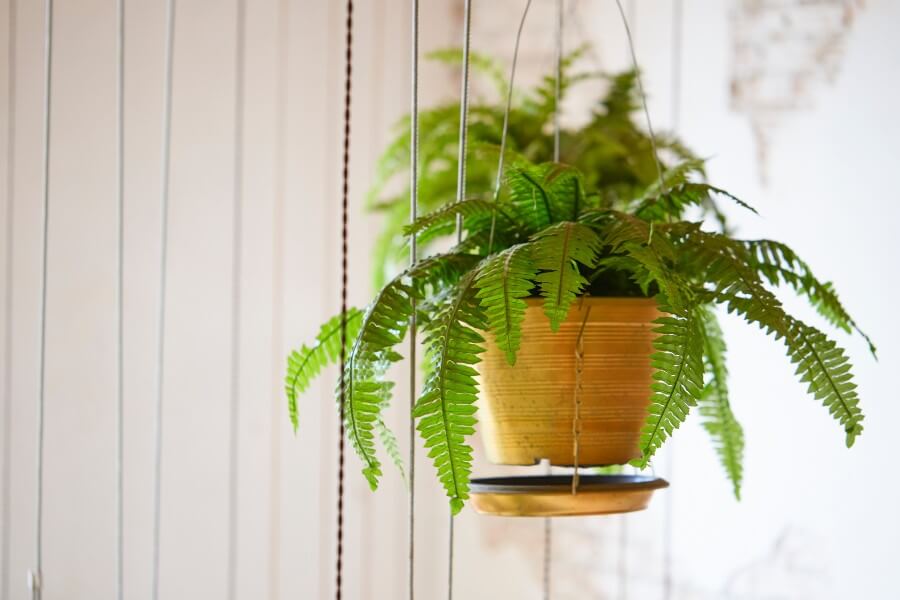
This fern is a powerhouse when it comes to air purification. The Boston fern is known to remove formaldehyde, xylene, and toluene from the air.
7. Philodendron
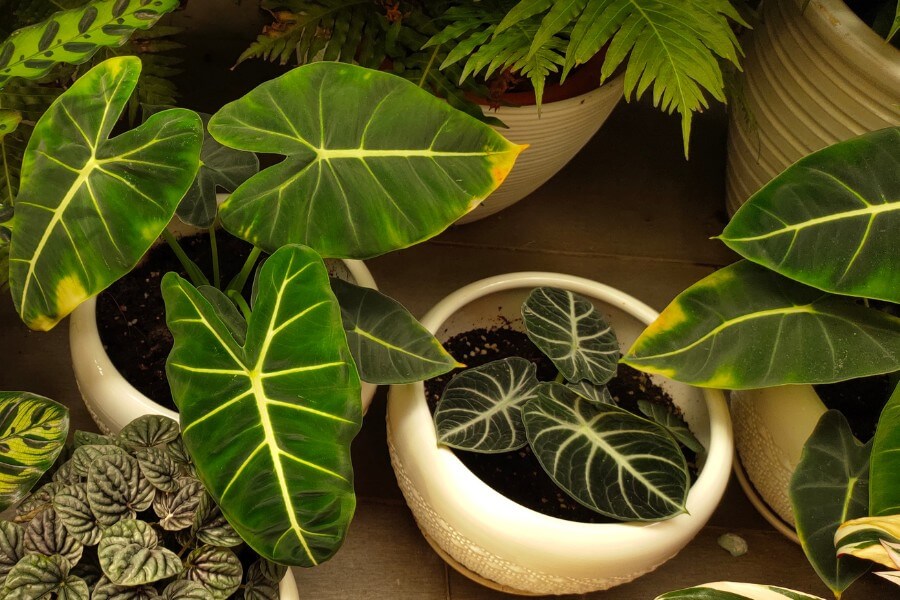
Both the heartleaf and selloum philodendron have the ability to combat formaldehyde and other VOCs from common indoor sources like particleboard.
8. Aloe Vera
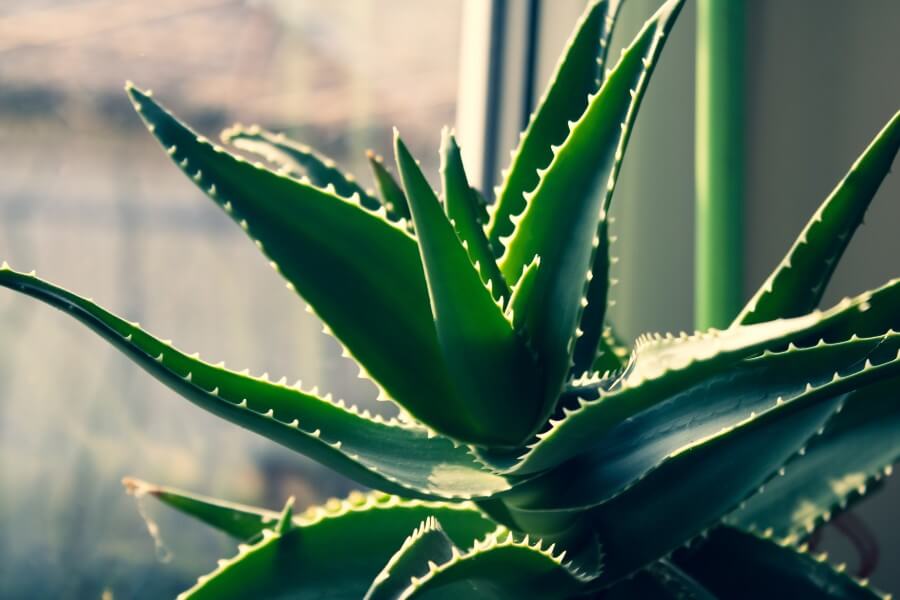
Besides being a handy plant to have around for minor burns or skin irritations, Aloe Vera also helps to purify the air. It has been used for centuries for its many healing properties.
Remember to care for your plants according to their specific needs to keep them healthy and efficient at purifying the air. Also, while these plants can help improve indoor air quality, they should be used as a complement to, not a replacement for, proper ventilation and other methods of air purification.
Further reading:
- Test and Take Action: How to Improve Your Home’s Indoor Air Quality
- The Threatening 13: Most Common Indoor Air Pollutants According to the EPA
- The 15
U.S. Cities With the Worst Indoor Air Pollution
Go beyond the best plants for indoor air quality
If you’re looking to go a bit further than the basic properties of indoor house plants, you might want to start by getting a read on exactly what is in your home’s air. IAQ can measure more than 20 indoor air pollutants. Learn more and get an IAQ for your home today.
Citation:
This information aligns closely with a well-known study conducted by NASA in 1989 titled “Interior Landscape Plants for Indoor Air Pollution Abatement.” This study investigated the ability of indoor plants to purify air and found several plants that can absorb toxins and improve indoor air quality.
Wolverton, B. C., Johnson, A., & Bounds, K. (1989). Interior Landscape Plants for Indoor Air Pollution Abatement – final report. NASA.







